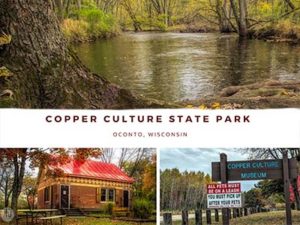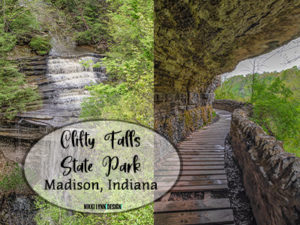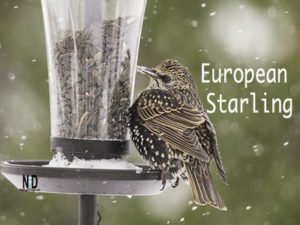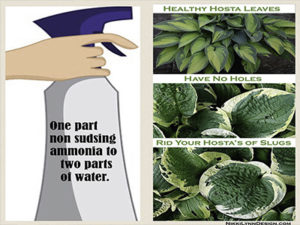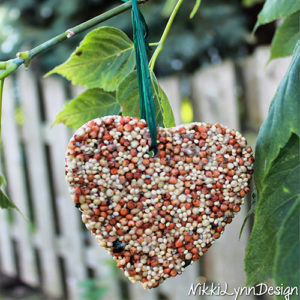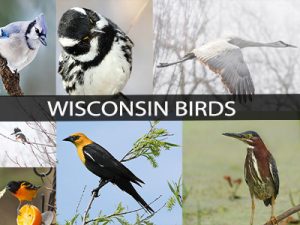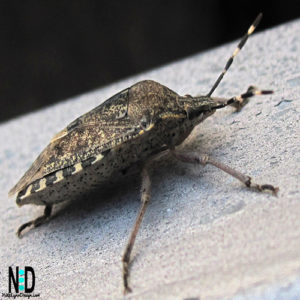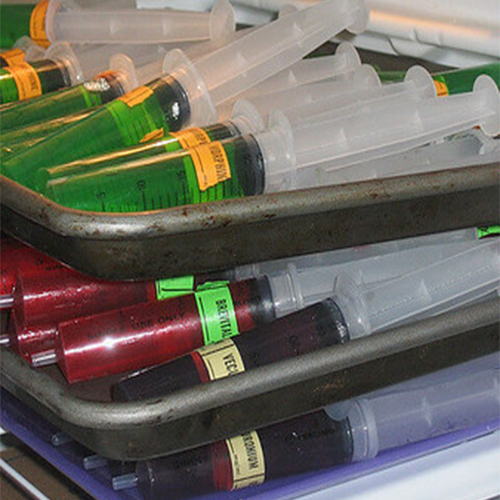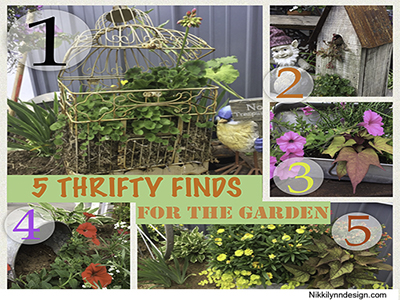In the world of plants, peculiar growths or abnormalities often catch our attention. One such phenomenon is the occurrence of leaf galls on dogwood trees. These abnormal growths, caused by a tiny fly called Parallelodiplosis subtruncata, might seem concerning to gardeners and nature enthusiasts alike. However, understanding the nature of these galls and their impact on dogwood trees can provide valuable insights into the intricate relationship between plants and insects.
What are Dogwood Leaf Galls?
Dogwood leaf galls are abnormal growths or deformities that appear on the leaves of various species of dogwood trees, particularly the flowering dogwood (Cornus florida). These galls can take on various shapes and sizes, ranging from small raised bumps to larger, more conspicuous growths.
Causes & Culprit

| Attribution | Randy A Nonenmacher CC BY-SA 4.0 |
|---|
Parallelodiplosis subtruncata The formation of dogwood leaf galls is primarily attributed to the activity of a tiny gall midge, Parallelodiplosis subtruncata.
This minuscule fly, belonging to the family Cecidomyiidae, lays its eggs on the surface of dogwood leaves during the spring months. Upon hatching, the larvae of P. subtruncata secrete chemicals that induce the formation of galls as they feed on the plant tissue.
Characteristics of Dogwood Leaf Galls
Dogwood leaf galls caused by P. subtruncata typically exhibit certain characteristic features:
- Appearance: These galls often appear as reddish or greenish swellings on the upper surface of dogwood leaves.
- Size: The size of the galls can vary, but they are generally small to medium-sized, ranging from a few millimeters to a centimeter in diameter.
- Texture: Galls may have a smooth or slightly textured surface, depending on their stage of development.
- Location: Galls are usually found clustered along the veins or midribs of dogwood leaves, although they may occur elsewhere on the leaf surface.

Dogwood Leaf Gall Images
Impact On Dogwood Trees

While the presence of leaf galls may cause concern among gardeners, these abnormalities typically have minimal impact on the overall health of dogwood trees.
In most cases, the damage caused by P. subtruncata is primarily cosmetic and affected trees usually recover without significant long-term harm. Additionally, the presence of galls can provide a source of food and shelter for certain insect species, contributing to ecosystem diversity.
Management and Control Measures
Given the generally benign nature of dogwood leaf galls, chemical control measures are usually unnecessary and may be ineffective against gall midge larvae. Instead, focus on promoting overall tree health through proper cultural practices, including regular watering, mulching, and avoiding unnecessary stressors such as drought or soil compaction. Pruning and removing heavily infested leaves may also help reduce the population of gall midges.
Conclusion
Dogwood leaf galls caused by Parallelodiplosis subtruncata serve as fascinating examples of the complex interactions between plants and insects in natural ecosystems. While these abnormal growths may initially raise concerns among observers, a deeper understanding of their biology and ecology reveals that they pose minimal threat to the health of dogwood trees. By appreciating the intricate balance of nature, we can better appreciate the beauty and resilience of the plant world, even in the presence of curious anomalies like leaf galls.




